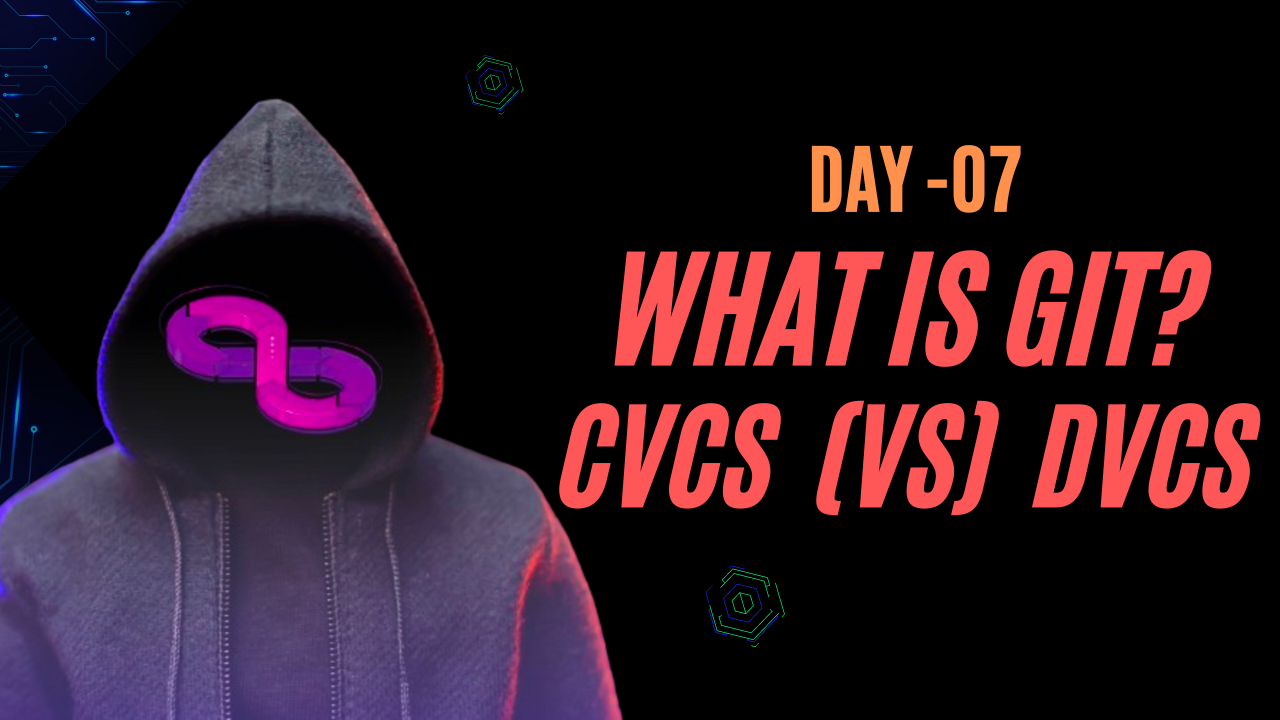Version control systems (VCS) are essential tools in software development, akin to magical scrolls that help us manage changes, collaborate effectively, and ensure the integrity of our projects. In this article, we’ll explore two main types of VCS: Centralized Version Control Systems (CVCS) and Distributed Version Control Systems (DVCS), and understand how they differ using a simple analogy.
What is Git?
Git is a sophisticated version control system, often likened to a powerful magic book. It allows developers to work seamlessly on projects, keeping track of changes efficiently. Unlike traditional systems, Git provides each developer with a complete copy of the project’s history, fostering independence and collaboration.
Centralized Version Control Systems (CVCS)
Imagine a grand library where all the magic books are stored, and every wizard must visit to read or write in them.
Key Characteristics of CVCS:
- Centralized Library: All project magic books and changes are stored in one central location.
- Sequential Access: Wizards need to take turns working on the books to prevent conflicts.
- Dependency on the Library: If the library encounters a problem, all wizards are affected.
- Requires Constant Connection: Wizards need to be connected to the library to work on the books.
- Examples: Subversion (SVN), CVS, Perforce
Distributed Version Control Systems (DVCS)
Now, envision a world where each wizard possesses their own magic book with the entire spell history, no library visits required.
Key Characteristics of DVCS:
- Personal Magic Books: Every wizard has a full copy of the magic book with all the spells and changes.
- Simultaneous Collaboration: Multiple wizards can work on the same spells independently.
- Independence from Central Location: No reliance on a central library; wizards can work anywhere.
- Effortless Branching: Wizards can experiment with different versions of spells easily.
- Examples: Git, Mercurial, Bazaar
CVCS vs. DVCS: A Comparative Analysis
| Feature | CVCS | DVCS |
|---|---|---|
| Architecture | Centralized | Distributed |
| Repository | All spells stored in a central library | Each wizard has their own magic book |
| Offline Access | Limited or unavailable | Available anytime |
| Collaboration | Sequential, one wizard at a time | Simultaneous, multiple wizards |
| Speed | Slower due to centralized access | Faster, as each wizard has a copy |
| Branching & Merging | Complex and time-consuming | Easy and flexible |
| Single Point of Failure | Vulnerable to library issues | Each wizard’s copy is independent |
Conclusion
Git, being a DVCS, offers significant advantages over CVCS, making it a preferred choice for modern software development.
CVCS relies on a central repository, akin to a library, where all changes are managed. In contrast, DVCS, like Git, provides each developer with their own copy of the project, promoting independence, flexibility, and seamless collaboration.
Whether you’re a novice wizard or a seasoned sorcerer, understanding the differences between CVCS and DVCS can empower you to choose the right version control system for your magical projects. Git, with its distributed nature and powerful features, continues to be a cornerstone in modern software development, enabling wizards of all levels to work their magic with confidence.

Leave a Reply